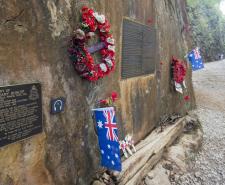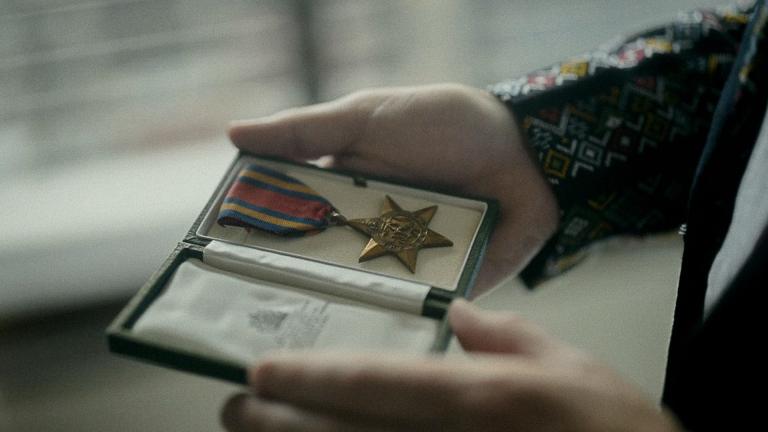
Read more about WW2

During World War II, there were a range of different medals that soldiers could earn. One of these medals was the Burma Star, which was specifically for those who took part in the Burma Campaign. Many members of the British forces obtained the medal, but there is a history of controversy linked to it due to the lack of recognition for local Burmese soldiers.
Join us here at Sky HISTORY as we dive deeper into the history of the Burma Star. We’ll also be examining why so many Burmese units did not get the medal and were not given the recognition they deserved.
The Burma Star is a specific World War II military campaign medal. Instituted in May 1945 by the United Kingdom, the medal was designed as an award for British and Commonwealth forces. It was given to those who served in the Far East campaign, also known as the Burma Campaign.
Recipients earned the medal if they had one or more days of operational service during the campaign. The campaign began on 11th December 1941 – following the Japanese invasion of Burma – and ended on 2nd September 1945.
As well as this general requirement, there were varying criteria for different service branches, such as the Royal Air Force and the Royal and Merchant Navies.
The medal is a six-pointed star, with a red centred ribbon attached. The ribbon also has dark blue and orange stripes. In terms of the representation of the colours, the red is intended to represent the Commonwealth Forces as well as the Army. The orange stripes represent the sun, while the dark blues stripes represent the British Naval Forces.
Hundreds of thousands of soldiers received the Burma Star, but some recipients are particularly noteworthy. These include:
Although a great deal of soldiers received the Burma Star, there were plenty of Burmese units that did not get the recognition they truly deserved. Despite fighting alongside the forces of Britain and the Commonwealth, and being eligible for the Star, political problems and issues with logistics led to this severe injustice.
Units such as the Burma Rifles became victims of the chaos that came after the war ended. Britain's quick withdrawal from Burma led to severe administrative problems, so crucial records were lost. Other groups, such as the V Force reconnaissance group, were not officially recorded. Because of this, they were unable to receive official commendations for their bravery.
In recent years, some veterans have finally had the chance to get the recognition that they have deserved for so long. One example is a Gurkha veteran named Chandraman Tamang. Tamang was 102 years of age in 2023 when he was awarded his missing Burma Star medal.
Although Tamang did not remember much of his service, he did know that he fought Japanese forces at Sittang River. Tamang is the perfect example of a veteran who was not given the credit that was received by many of his Allied force peers. Tamang eventually did get his medal, but so many other veterans did not have this chance.
It’s crucial that we make the effort to remember every single soldier who fought in the Burma Campaign. This is not an easy task, as more would have been eligible for the Burma Star, but they have been lost to the records. However, to show our appreciation for the sacrifices made and the lives lost, it is imperative that we give credit where it is due.
Want to stay up to date on a range of fascinating historical topics? Then be sure to subscribe to the Sky HISTORY newsletter. By doing so, you’ll get exclusive access to all the latest news, articles and videos.